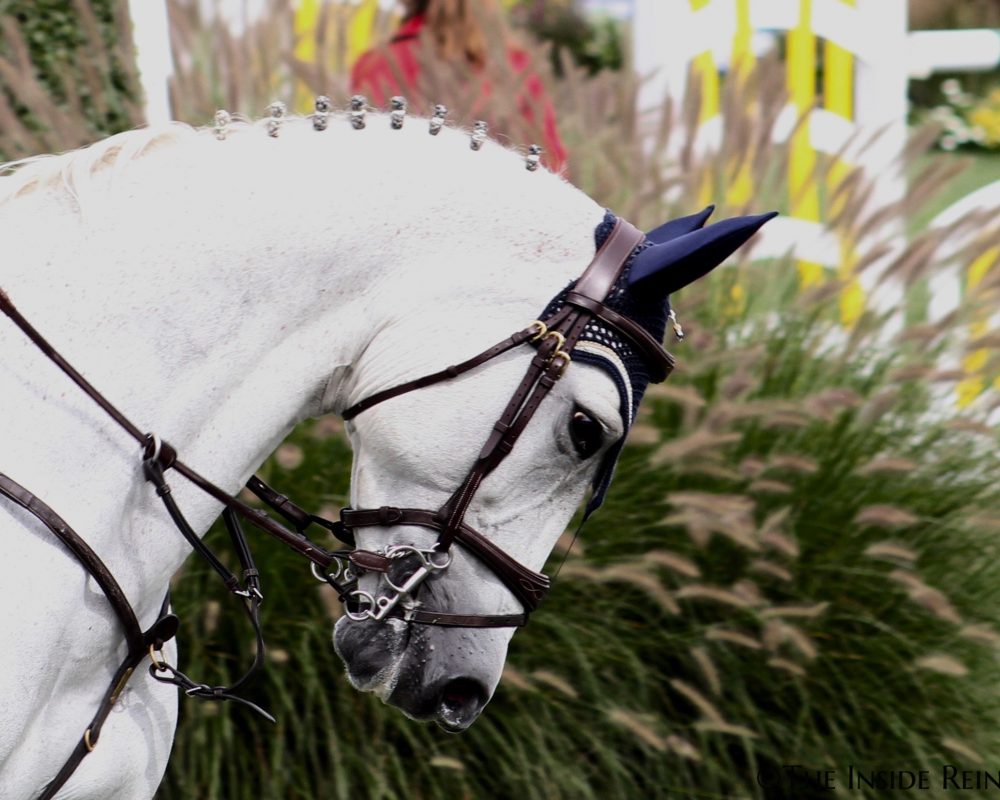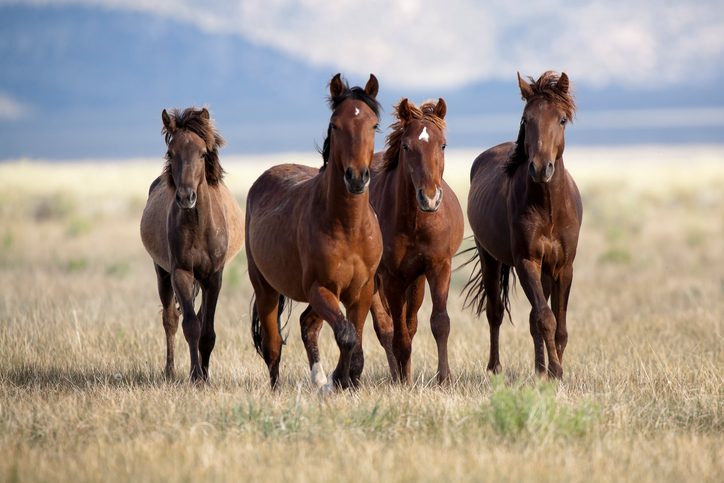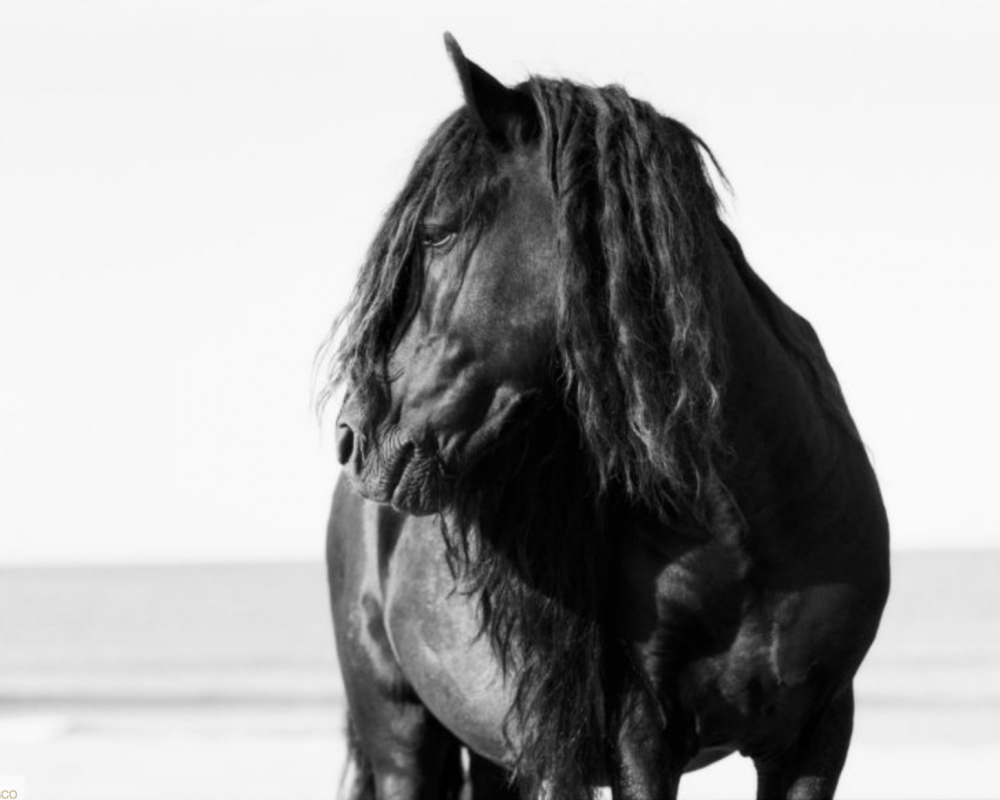The Bureau of Land Management released a statement yesterday announcing a dramatic increase in the wild horse population. However, advocacy groups such as the American Wild Horse Preservation Campaign are crying foul on the numbers. “The BLM’s claims of wild horse overpopulation are grossly exaggerated and designed to dupe the public into accepting the continued costly, cruel and unsustainable roundup, removal and stockpiling program,” said Suzanne Roy, executive director of AWHPC. “We don’t have an excess wild horse problem, we have a federal mismanagement problem.”
The Bureau of Land Management is using this possible increase in population as evidence to support their planned expansion of legislative authority over the wild horses - from roundups to sterilization experimentation - which continue to be highly controversial.
Here is the complete statement from the BLM:
The Bureau of Land Management announced today that as of March 1, 2016, more than 67,000 wild horses and burros are roaming Western public rangelands – a 15 percent increase over the estimated 2015 population.
The updated numbers show more than twice the number of horses on the range than is recommended under BLM land use plans. It is also two and a half times the number of horses and burros that were estimated to be in existence when the Wild and Free Roaming Horses and Burros Act was passed in 1971. To help address the problem, BLM is seeking legislative authority for additional initiatives.
“Over the past seven years we have doubled the amount of funding used for managing our nation’s wild horses and burros,” said BLM Director Neil Kornze. “Despite this, major shifts in the adoption market and the absence of a long-term fertility control drug have driven population levels higher. A number of program reforms are underway, but assistance is needed from our local, state, and federal partners.”
While herds of wild horses consistently double in size every four years, there has also been a dramatic decrease in adoptions in recent years. In the early 2000s, nearly 8,000 horses were being placed with private adopters each year. Due to a number of economic factors, that number is now down to roughly 2,500 animals each year, compounding an already difficult management situation.
The total lifetime cost of caring for an unadopted animal that is removed from the range is substantial. Costs for lifetime care in a corral approaches $50,000 per horse. With 46,000 horses and burros already in off-range corrals and pastures, this means that without new opportunities for placing these animals with responsible owners, the BLM will spend more than a billion dollars to care for and feed these animals over the remainder of their lives. Given this vast financial commitment, the BLM is now severely limited in how many animals it can afford to remove from the range.
To address these issues the BLM is taking a number of steps, including sponsoring a significant research program focused on fertility control; transitioning horses from off-range corrals to more cost-effective pastures; working to increase adoptions with new programs and partnerships; and requesting two new pieces of legislative authority — one to allow for the immediate transfer of horses to other agencies that have a need for work animals and one that would create a congressionally-chartered foundation that could help fund and support adoption efforts. Additional tools and resources are needed to bring this program onto a sustainable path.
The table below shows the 2016 West-wide, on-range population on a state-by-state basis as of March 1, 2016. This year’s 15 percent increase over the 2015 population compares to an 18 percent increase from 2014 to 2015. The BLM plans to remove 3,500 wild horses and burros from Western public rangelands in 2016.
For the AWHPC’s full statement refuting the BLM’s claims, click here.
Ashley Fairfield-Remeza
Sources
American Wild Horse Preservation Campaign
The Bureau of Land Management



Leave a Reply